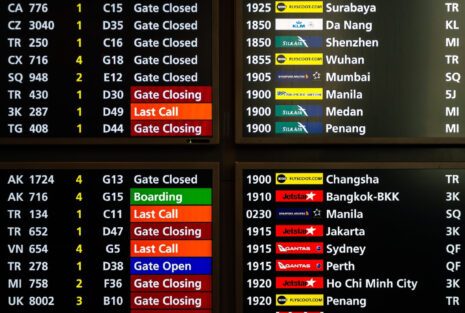IATA code
There are several types of IATA codes.
An Airline Designator Code is a unique two-character code that IATA assigns to all airlines – even the ones that aren’t IATA members. These codes consist of 2 letters or a letter and a digit. For example, AA stands for American Airlines, QR for Qatar Airways, 5Y for Atlas Air, and so on. These codes identify an airline in various commercial scenarios: reservations, timetables, telecommunications, ticketing, cargo documentation, legal, tariffs, etc.
An IATA location identifier is a 3-letter code assigned to airports that have commercial activity. If a city is served by more than one airport, IATA assigns a location code to the entire metropolitan area (e.g., the New York City region has the NYC code, which is different from those of the surrounding airports). These codes can also be given to bus stations, heliports, rail stations, and ferry terminals if they are involved in intermodal airline travel.
An airline accounting and prefix code is a 3-digit number that identifies an airline in various accounting activities, passenger and cargo traffic documents, transactions, etc.
A baggage tag issuer code (BTIC) identifies each piece of checked luggage through all baggage handling processes.
Other IATA codes are Aircraft Type Designators, Meal Codes, geographic and currency codes, etc.







